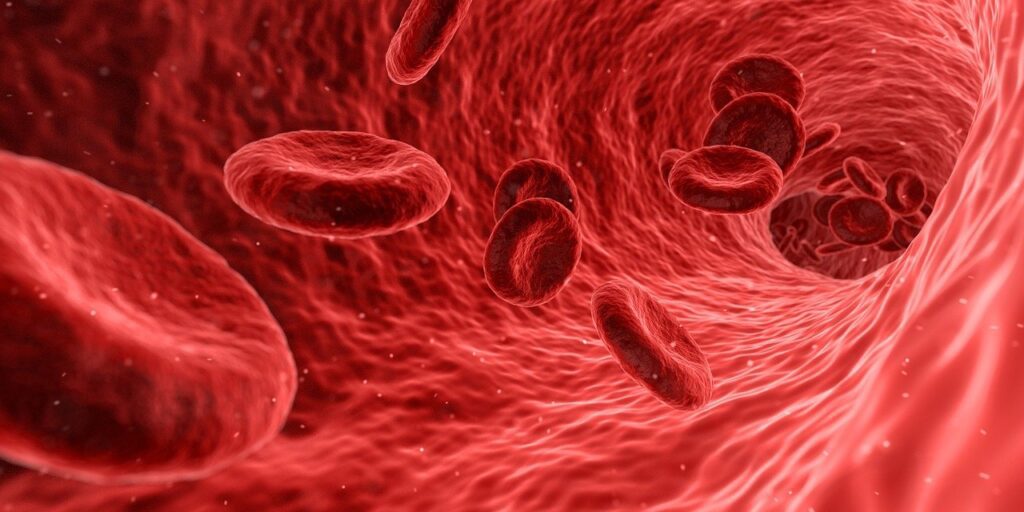In 1873, a Russian physician coined the term “multiple myeloma” after discovering a patient with eight different forms of bone marrow tumors. In the early years, patients were treated with rhubarb, quinine, and leeches.
According to a recent article in the India Times, multiple myeloma is responsible for ten to fifteen percent of all blood cancers. The report states that statistics show evidence of a gradual increase in the disease.
About Myeloma
Myeloma affects white blood cells (bone marrow plasma). It is one of a spectrum of diseases called plasma cell neoplasms.
A normal immune system is composed of healthy plasma cells that produce proteins called immunoglobulins or antibodies. But plasma cells may become cancerous by way of genetic mutations causing myeloma.
The paradigm begins with:
- Chemicals that are released by malignant plasma cells cause bone destruction
- Bones become fragile and can break from simple activities
- Often bone destruction overtakes new bone formation leading to extreme cases of kidney failure
- Normal cells may be overcome with myeloma, causing a decrease in red blood cells (hemoglobin), resulting in anemia
- Increased antibodies may harm kidneys
- Other areas of myeloma accumulation, called “plasmacytomas” are the skin, bones, lungs, or muscles
The Diagnosis
Factors indicating myeloma are:
- Evidence of more than ten percent of plasma cells in bone marrow
- Abnormal amounts of a monoclonal protein called “M spike”
- Damage to major organs (CRAB features)
- Renal insufficiency (elevated serum creatinine)
- Elevated calcium
- Anemia caused by low hemoglobin
- Lytic lesions in the bones
Treatment generally consists of standard chemotherapy and/or targeted agents. Whenever possible, eligible patients may receive an Autologous (patient’s own cells) stem cell transplant as an additional treatment.
The recent FDA approval of new treatments, such as CAR-T cells, Daratumumab, and Carfilzomib, have doubled overall survival.








